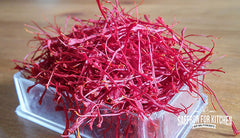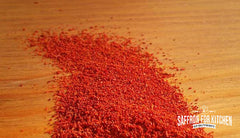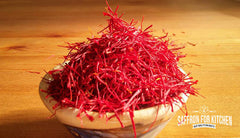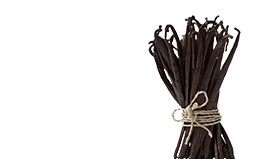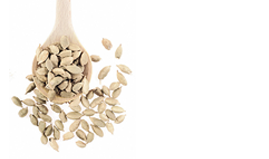Saffron and health
Saffron and health
Saffron has many strange Medicinal & Pharmaceutical benefits: Stimulant of five senses, Stimulant of sexual desire, Refreshment of the spirit, Remedy for menstrual disorders, Appetite stimulant and cure for stomach discomforts, Treatment of high blood pressure, Pain reliever for gum diseases and toothaches, Heart strengthener, Beauty enhancer and skin softener.
Saffron flower is used for asthma, for cough, whooping cough (pertussis), and to loosen phlegm (as an expectorant). It is also used for sleep problems (insomnia), especially for cancer, “hardening of the arteries” (atherosclerosis), intestinal gas (flatulence), depression, Alzheimer’s disease, fright, shock, spitting up blood (hemoptysis), pain, heartburn, and dry skin.
Women usually use saffron for menstrual cramps and premenstrual syndrome (PMS). Men use it to prevent early orgasm (premature ejaculation) and infertility. Saffron is also used to increase interest in sex (as an aphrodisiac) and to induce sweating. Some people apply saffron directly to the scalp for baldness (alopecia).
It is used as a medicine, can be quite toxic, so it should be strictly avoided. It must be noted that no one will eat an ounce of saffron in one sitting; recipes usually call for half a teaspoon or less, but examining an ounce is a good way to determine the nutritional aspects of this intriguing spice. First, the manganese content is off the charts at nearly 400% of the daily recommended value! Everything else seems a little chintzy after that, but the next-largest nutritional quantities also are quite impressive: vitamin C - 38%; magnesium - 18%; and iron - 17%. Potassium and vitamin B6 both impart 14% of the daily recommended value.
Manganese helps regulate blood sugar, metabolize carbohydrates, and absorb calcium. It also helps form tissues, bones, and sex hormones. Vitamin C is an infection fighter; iron purifies your blood; and the vitamin B6 content helps form red blood cells and assures nerves will function as they should. Potassium helps balance fluids in cells, which, if low, can cause painful muscle cramps.
In addition, saffron crocus contains more than 150 volatile compounds, among others. Picrocrocin, for instance, is the main substance responsible for the strong taste. Safranal brings saffron its characteristic odor and fragrance. Crocin, which delivers the intense orange color, is an indication of this spice's medicinal qualities, i.e. its powerful carotenoids and antioxidants that can protect your body from free radical damage.
Energy content:
- one gram Carbohydrate = 4 Kcal
- one gram Protein = 4 Kcal
- one gram Fat = 9 Kcal
- one gram Alcohol = 7 Kcal
- Benefits for the Heart
- Anti-Cancer Benefits
- Saffron Tea is Anti-Depressant Action
- Antioxidant Action and Eye Care

